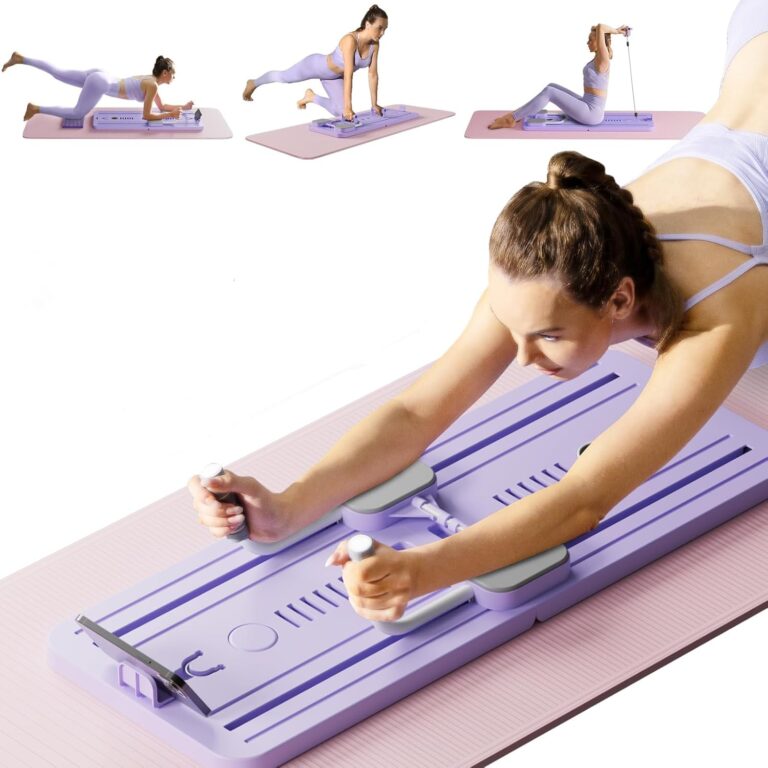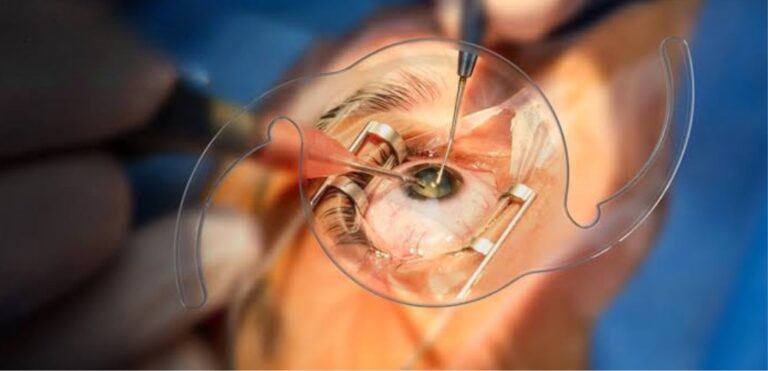What is the Significance of the Needle in Sculptra Treatments?
The needle plays a pivotal role in Sculptra treatments, acting as the direct conduit for delivering the poly-L-lactic acid (PLLA) microparticles into the deep dermis. Sculptra’s mechanism of action relies on precise placement within this specific layer of the skin to stimulate collagen production gradually over time. The needle’s design, gauge (diameter), and length are carefully considered to ensure accurate and atraumatic delivery of the Sculptra suspension. The needle must be fine enough to minimize discomfort and tissue disruption, yet appropriate in size to allow for the smooth passage of the PLLA particles. The depth of injection, controlled by the needle’s length and the injector’s technique, is critical for achieving the desired collagen stimulation in the targeted areas. Therefore, the needle is not merely a tool but a key element in the efficacy and safety of Sculptra treatments.
What Characteristics of a Needle are Important for Effective Sculptra Delivery?
Several characteristics of a needle are crucial for the effective delivery of Sculptra needle(ابرة سكلبترا). The gauge, or diameter, of the needle is a primary consideration. A smaller gauge (higher number) needle is generally preferred to minimize pain and the risk of bruising. However, the gauge must also be large enough to allow the Sculptra suspension, which contains microparticles, to pass through without clogging. The length of the needle is equally important as it determines the depth of injection. For Sculptra, reaching the deep dermis or subcutaneous layer is essential for optimal collagen stimulation. The bevel, or the angle of the needle tip, is designed to facilitate smooth entry into the tissue and minimize tearing or trauma. The wall thickness of the needle can also influence the ease of injection. Ultra-thin wall needles can allow for a larger internal diameter for a given gauge, potentially making the injection smoother. The material and coating of the needle are also factors that contribute to the overall injection experience, aiming for a sharp, smooth surface that minimizes resistance as it passes through the skin.
How Does Needle Gauge Affect the Sculptra Injection Process and Patient Comfort?
Needle gauge, the measure of the needle’s diameter, significantly impacts both the Sculptra injection process and patient comfort. A larger gauge needle (smaller number) has a wider bore, which can make it easier to inject thicker substances but may also cause more pain and increase the risk of bruising and bleeding due to greater tissue disruption. Conversely, a smaller gauge needle (higher number) is finer, leading to less discomfort during insertion and potentially reducing the likelihood of vascular injury. However, a very small gauge needle might make it difficult to inject the Sculptra suspension, particularly if it is slightly viscous or if the microparticles tend to aggregate. Therefore, a balance must be struck. Practitioners typically use specific needle gauges that are fine enough for patient comfort while still allowing for the smooth and controlled delivery of the Sculptra product into the target tissue layer.
Why is Precise Injection Depth Crucial for Sculptra’s Collagen-Stimulating Effects?
Precise injection depth is absolutely crucial for Sculptra to exert its intended collagen-stimulating effects. Sculptra is designed to be injected into the deep dermis or the superficial subcutaneous layer. This is the layer where fibroblasts, the cells responsible for producing collagen, are most active. If Sculptra is injected too superficially, it may not effectively stimulate these collagen-producing cells and could potentially lead to visible lumps or nodules. If injected too deeply into the muscle, the desired collagen stimulation in the dermal layers responsible for skin structure and volume may not be achieved. Accurate placement within the deep dermis ensures that the PLLA microparticles are in the optimal environment to interact with fibroblasts, triggering the gradual process of neocollagenesis (new collagen formation) that leads to the desired volumizing and skin-tightening effects of Sculptra.
How Does the Injector’s Technique in Using the Needle Influence Sculptra Outcomes?
The injector’s technique in handling the needle is paramount in influencing the outcomes of Sculptra treatments. Proper technique involves careful consideration of the angle of insertion, the speed of injection, and the distribution of the product within the targeted tissue. Injecting at the correct angle ensures that the needle reaches the intended depth consistently. A slow and steady injection rate allows for even distribution of the Sculptra suspension and minimizes tissue trauma. The injector must also be skilled in using techniques such as fanning or retrograde injection to ensure that the Sculptra is placed in a way that will provide smooth and natural-looking volume enhancement across the treatment area. Experience and a thorough understanding of facial anatomy are essential for the injector to manipulate the needle effectively and achieve optimal collagen stimulation without causing complications or undesirable aesthetic results.
Are There Different Needle Types or Lengths Preferred for Specific Treatment Areas with Sculptra?
Yes, different needle types and lengths are often preferred for specific treatment areas with Sculptra to optimize delivery and patient comfort. For areas with thinner skin, such as the temples or the upper face, shorter needles may be used to ensure precise placement in the deep dermis without going too deep. Longer needles are often preferred for areas with thicker subcutaneous tissue, such as the cheeks or jawline, to reach the appropriate depth for effective collagen stimulation. The gauge of the needle may also vary depending on the area being treated and the practitioner’s preference for ease of injection versus minimizing discomfort. For instance, a slightly larger gauge might be used in areas where more product needs to be delivered efficiently, while a finer gauge might be chosen for more sensitive areas to enhance patient comfort. The choice of needle type and length is a nuanced decision based on anatomical considerations of the treatment area and the desired outcome.
How Does the Design of the Needle Minimize Potential Tissue Trauma During Sculptra Injections?
The design of modern injection needles incorporates several features aimed at minimizing potential tissue trauma during Sculptra injections. Sharp, high-quality needles require less force for insertion, reducing tearing and damage to the tissues. The bevel, or the angle of the needle tip, is carefully engineered to allow for a smooth separation of tissue fibers rather than cutting through them, which can contribute to less bruising and swelling. Some needles are coated with materials like silicone to further reduce friction as they pass through the skin, enhancing patient comfort and minimizing tissue disruption. The thin wall design of some needles allows for a larger internal diameter for a given gauge, potentially reducing the pressure required for injection and thus minimizing trauma to the surrounding tissues. These design elements collectively contribute to a more atraumatic injection experience and can positively impact the recovery process following Sculptra treatments.




